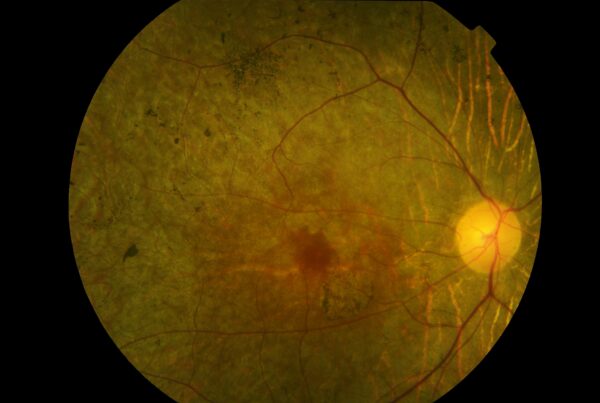Inherited Retinal Dystrophies and Retinitis Pigmentosa

What are Inherited Retinal Dystrophies and Retinitis Pigmentosa?
Inherited Retinal Dystrophies are genetic disorders affecting the retina which are usually chronic, disabling disorders of visual function. This means that people are born with a defect in a gene that affects the eye, in particular the retina. The most common of the inherited retinal dystrophies is the family of genetic eye conditions known as Retinitis Pigmentosa (RP). The underlying gene defects in RP cause the photoreceptor cells in the retina to degenerate gradually. It is the major cause of inherited blindness, affecting 1.5 million people worldwide and often diagnosed in adolescents and young adults.
What are the symptoms?
-
Reduced night vision or difficulty seeing in dimly lit areas
-
Reduced peripheral vision / tunnel vision
-
Loss in colour perception and decreased central vision
-
Light and glare sensitivity
How is it diagnosed?
Diagnostic tests may include OCT scans, retinal photography, colour vision testing, autofluorescence scans, visual field testing and fluorescein angiography. Our retina specialists may also order special electro-physiology testing in order to determine the extent and progression of the RP.
Can it be treated?
Currently, there is no known treatment to recover lost vision. However there are supportive therapies and lifestyle modifications which may slow the progression of RP. Clinical trials are underway to investigate more definitive treatments for RP. Low Vision aids are useful for maintaining independence as many people with RP will still retain useful vision throughout their life.
